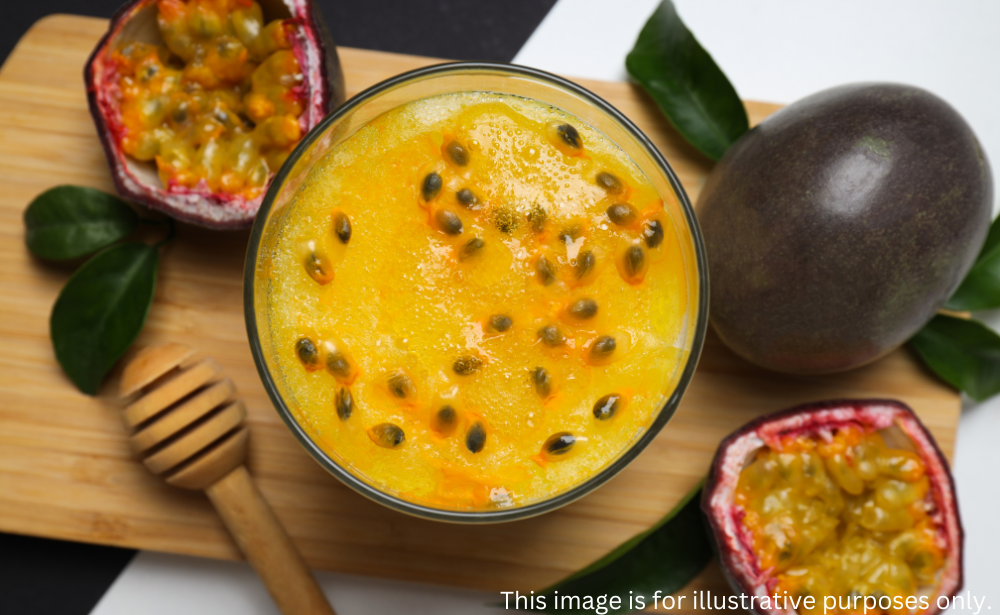Mohamad Idris, A.I., from the Centre for Water Research, Faculty of Engineering, Built Environment and Information Technology, SEGi University, has played a leading role in a recently published study that presents a novel, energy-efficient method for concentrating passion fruit juice using forward osmosis (FO) membrane technology. The research, featured in Food Research (Vol. 8, Issue 4), introduces a fabricated membrane composed of cellulose triacetate (CTA) and cellulose acetate (CA), with polyvinylpyrrolidone (PVP) incorporated as a pore-forming additive.
The study addresses the limitations of conventional thermal evaporation techniques, which are typically energy-intensive and can degrade the nutritional and sensory quality of fruit juices. By contrast, the FO process leverages osmotic pressure differences to drive water flux through a semi-permeable membrane without the need for heat, offering a gentler and more sustainable concentration method.
Membrane characterisation confirmed that the CTA/CA membrane exhibited high porosity, favourable hydrophilicity, and reduced internal concentration polarisation (ICP)—factors that are essential to improving FO performance. When applied to passion fruit juice concentration, the membrane achieved an average water flux of 2.2 LMH, demonstrating its feasibility for use in food and beverage processing.
Comparative analysis with a control membrane composed solely of CA and PVP further underscored the enhanced efficiency of the CTA/CA configuration. The improved structural and functional properties of the membrane contributed to higher flux rates and better overall performance under osmotic conditions.
The research was conducted in collaboration with Universiti Putra Malaysia, with contributions from departments specialising in process, food, chemical, and environmental engineering. The findings present valuable insights for industries seeking alternative concentration technologies that align with sustainability goals.
Further improvements in performance are anticipated through the optimisation of draw solutions. While sodium chloride (NaCl) was used in this study, the use of solutes with higher osmotic pressure may yield increased water flux and concentration efficiency in future applications.
Read the full research here: chrome-extension://efaidnbmnnnibpcajpcglclefindmkaj/https://www.myfoodresearch.com/uploads/8/4/8/5/84855864/_2__fr-2022-540_mohamad_idris.pdf
This research is in line with United Nation’s Sustainable Development Goals (SDG):
SDG 12 – Responsible Consumption and Production

